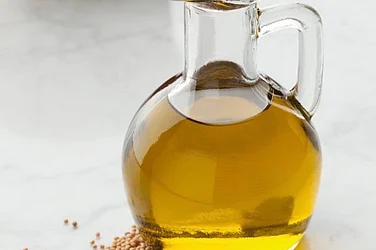Among produce by farmers in Jammu and Kashmir, Saffron is termed the “legendary crop”, a gram of which sells for about Rs.350 in the retail market.
Considered the world’s costliest spice, saffron is used for culinary seasoning and in natural medicine. It enhances aroma and flavour of various cuisines. Saffron is popular as a flavouring and seasoning agent in Mughlai foods.
In India, it is widely used for flavouring and colouring milk and certain sweets. It is used as a seasoning agent in cheese, mayonnaise, meat, as well.
The spice is also used in organic cosmetics and natural medicine. In Ayurveda, it is considered useful in healing arthritis, infertility, liver enlargement and fever.
Advertisement
Saffron is high in antioxidants. The threads, made of crimson stigmas and styles, are harvested.
In Kashmir, it is mainly grown on well-drained ‘karewa’ soil. It is cultivated at an elevation of about 2,000 metres above mean sea level.
Sunlight and temperature have profound influence on its flowering.
Iran, India, Spain, and Greece together contribute over 85% of world’s saffron production. The total world production of saffron is around 300 tons per year.
Though, India occupies the second largest area in terms of farming, the country produces approximately 7% of the total production.
Spain, with 600 hectares of land is the third largest producer. Iran, Spain, and Greece, with intensive production technologies, have achieved higher production and productivity than India’s.
Advertisement
And now, saffron ‘could be pure gold’ for new era farmers in South Africa, according to reports.
According to foodformzansi.co.za, plans are in place to make South Africa a significant player in the farming and export of saffron.
Experts there believe that for the local economy, this offers an invaluable source of foreign income from exports.
Meanwhile in India, studies are going on to provide a boost to production owing to the importance of the crop for its national market demand and export potential.
The crop was successfully introduced and grown at the Field Station, Bonera of Council Of Scientific And Industrial Research–Indian Institute Of Integrative Medicine (CSIR–IIIM) in August 2020.
The institute, located in Jammu, is involved in drugs research and development. Under the Mission Atmanirbhar India, CSIR–IIIM envisages to further extend the crop on commercial scale in different non-traditional areas of the Valley.
The Palampur-based Council of Scientific and Industrial Research-Institute of Himalayan Bioresource Technology (CSIR-IHBT) has developed the production technology for Saffron and introduced its cultivation in non-traditional areas of Himachal Pradesh and Uttarakhand.
Reports suggest that following successful trials in Seraj Valley since 2019, the Himachal Pradesh Agriculture Department will now start pilot projects for farmers to grow saffron in Lahaul and Spiti too.
CSIR-IHBT estimates put the annual demand of the saffron in India to around 100 tonnes, but its average production is about 7 tonnes per year.
Advertisement
Thus, saffron is imported from countries like Iran and Afghanistan.




















